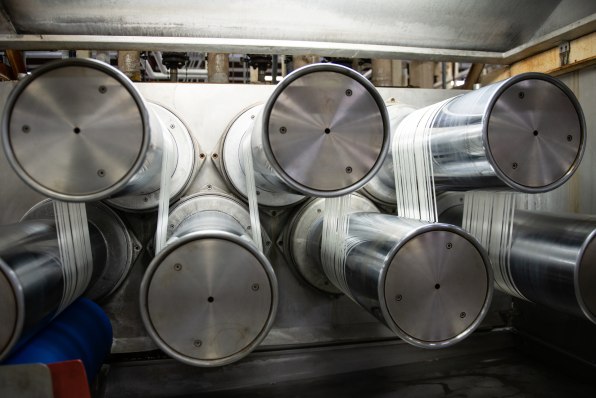 We have no reliable figures on just how many priests in the Catholic Church are gay. The Vatican has conducted many studies on its own clergy but never on this subject. In the United States, however, where there are 37,000 priests, no independent study has found fewer than 15 percent to be gay, and some have found as many as 60 percent. The consensus in my own research over the past few months converged on around 30 to 40 percent among parish priests and considerably more than that — as many as 60 percent or higher — among religious orders like the Franciscans or the Jesuits.
We have no reliable figures on just how many priests in the Catholic Church are gay. The Vatican has conducted many studies on its own clergy but never on this subject. In the United States, however, where there are 37,000 priests, no independent study has found fewer than 15 percent to be gay, and some have found as many as 60 percent. The consensus in my own research over the past few months converged on around 30 to 40 percent among parish priests and considerably more than that — as many as 60 percent or higher — among religious orders like the Franciscans or the Jesuits.
This fact hangs in the air as a giant, unsustainable paradox. A church that, since 2005, bans priests with “deep-seated homosexual tendencies” and officially teaches that gay men are “objectively disordered” and inherently disposed toward “intrinsic moral evil” is actually composed, in ways very few other institutions are, of gay men.
The massive cognitive dissonance this requires is becoming harder to sustain. The collapse of […]

 Donald Trump’s tax cut for the rich and the corporations they control is turning out to be a bust for the American economy.
Donald Trump’s tax cut for the rich and the corporations they control is turning out to be a bust for the American economy.

 Drinking straws and polythene bags may be bearing the brunt of the backlash, but the true scourge of single-use plastics is our sheer overreliance on them. From transport to manufacturing to food services, plastic is everywhere, and combatting this “white pollution” will require a sea change in the material itself.
Drinking straws and polythene bags may be bearing the brunt of the backlash, but the true scourge of single-use plastics is our sheer overreliance on them. From transport to manufacturing to food services, plastic is everywhere, and combatting this “white pollution” will require a sea change in the material itself.








